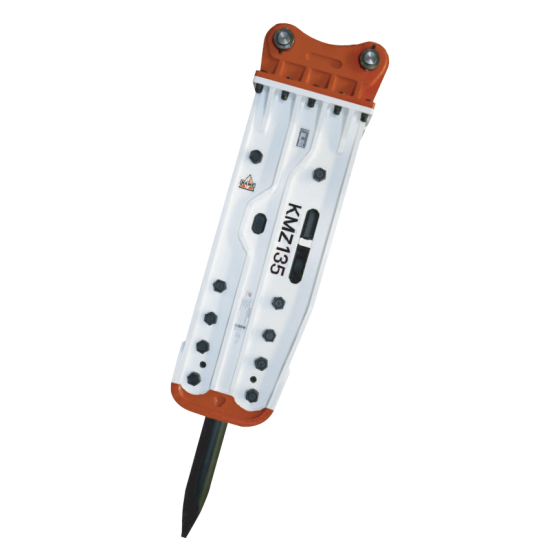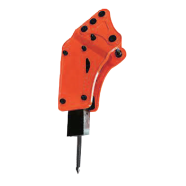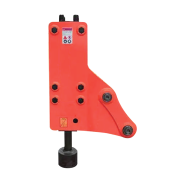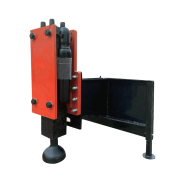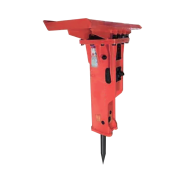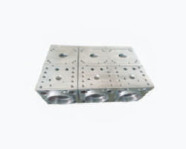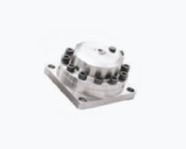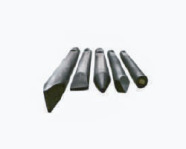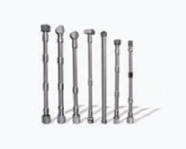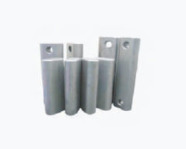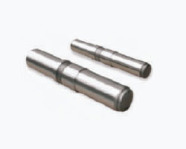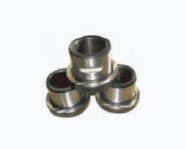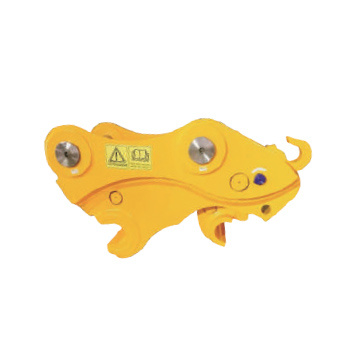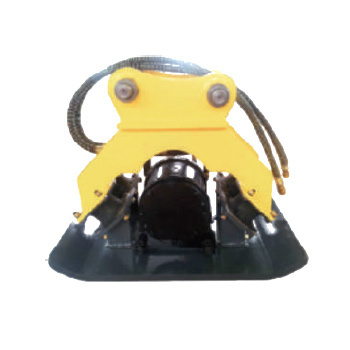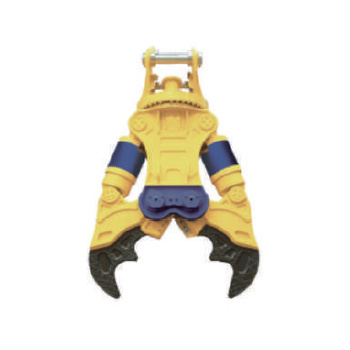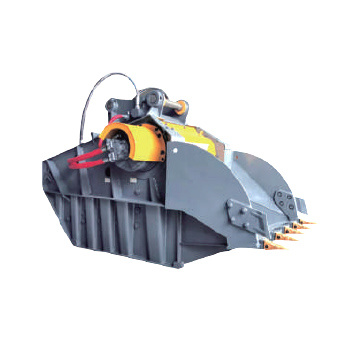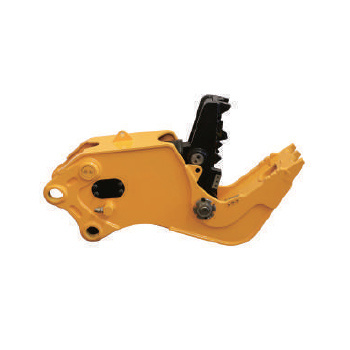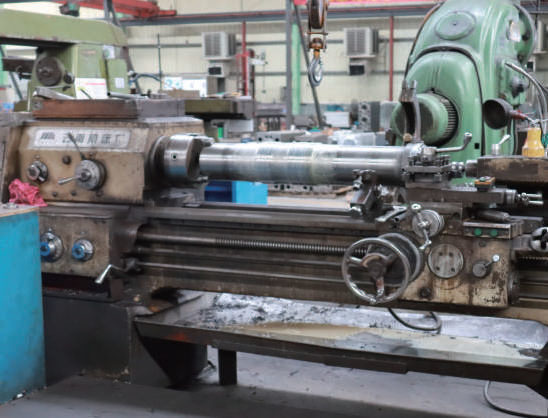Design and Construction of Hydraulic Breaker Pistons
Hydraulic breaker pistons play a crucial role in the operation of hydraulic breakers. A hydraulic breaker is a powerful tool used in construction and demolition industries. The piston is one of the key components that directly impacts the performance of the breaker. It is responsible for converting the hydraulic energy into mechanical force. When the hydraulic fluid is pumped into the breaker, it exerts pressure on the piston. This pressure causes the piston to move in a reciprocating motion.
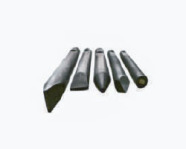
Design and Construction of Hydraulic Breaker Pistons
The design of hydraulic breaker pistons is a complex process. It needs to take into account various factors such as the intended use of the breaker, the required force output, and the durability. The piston is typically made of high-strength materials such as hardened steel. This ensures that it can withstand the high pressures and impacts during operation. The shape and size of the piston also play an important role. A well-designed piston will have a smooth surface to reduce friction and ensure efficient movement. Additionally, proper sealing is essential to prevent leakage of hydraulic fluid. Seals are installed around the piston to maintain the integrity of the hydraulic system.
Function and Operation of Hydraulic Breaker Pistons
During the operation of a hydraulic breaker, the piston moves back and forth rapidly. As it moves forward, it strikes the chisel or tool bit, transferring the energy to break the material. The frequency of the piston's movement is an important parameter. A higher frequency can result in more efficient breaking, but it also requires a more powerful hydraulic system. The piston also needs to be properly lubricated to reduce wear and tear. Lubrication helps to keep the piston and other components in good working condition. Another important aspect is the control of the piston's movement. Advanced hydraulic breaker systems use sophisticated control mechanisms to regulate the speed and force of the piston.
Maintenance and Troubleshooting of Hydraulic Breaker Pistons
Regular maintenance of hydraulic breaker pistons is necessary to ensure their long-term performance. One of the key maintenance tasks is to check the condition of the piston and its seals. If there are signs of wear or damage, the piston should be replaced or repaired promptly. Another aspect is to keep the hydraulic system clean. Contaminants in the hydraulic fluid can cause damage to the piston and other components. In case of problems with the breaker's performance, troubleshooting the piston should be one of the first steps. For example, if the breaker is not delivering enough force, it could be due to a faulty piston or problems with the hydraulic pressure applied to the piston.
News & Event



